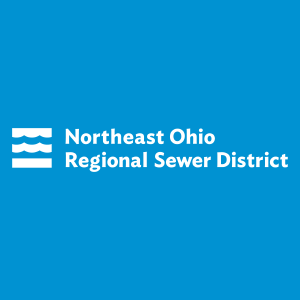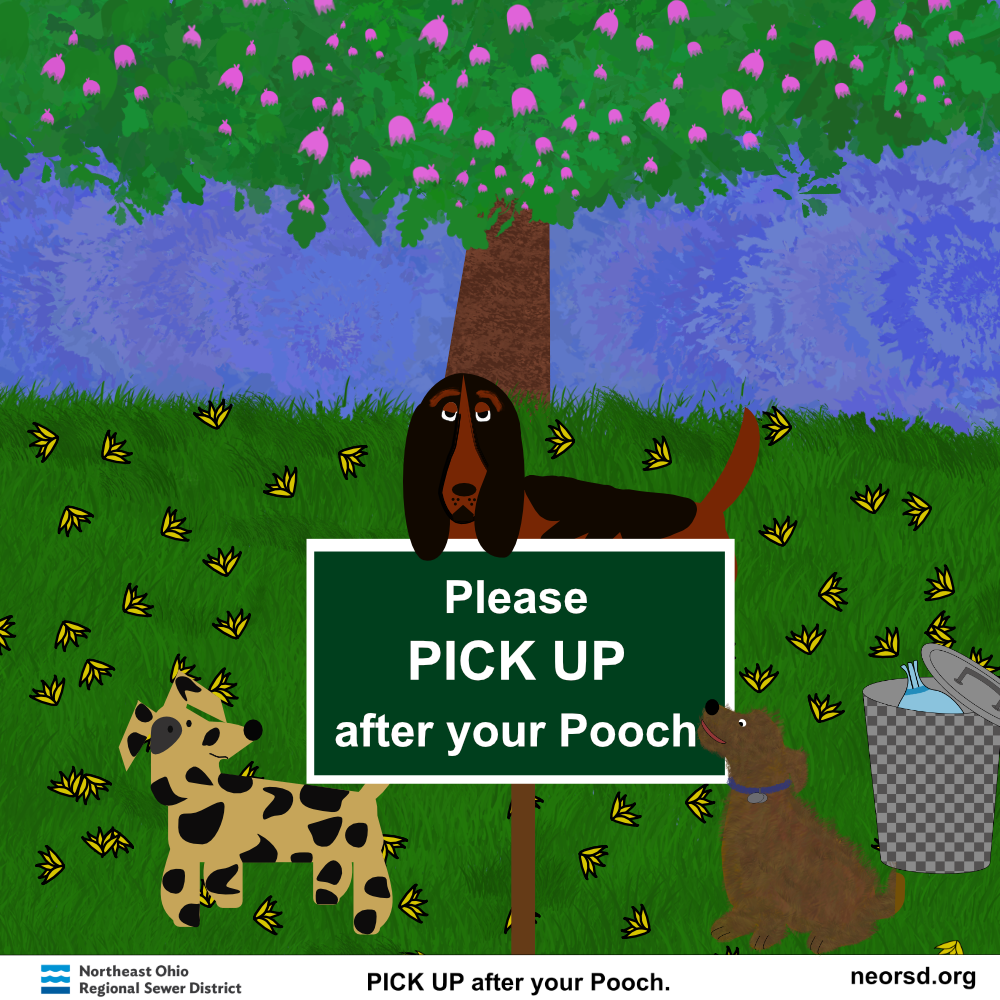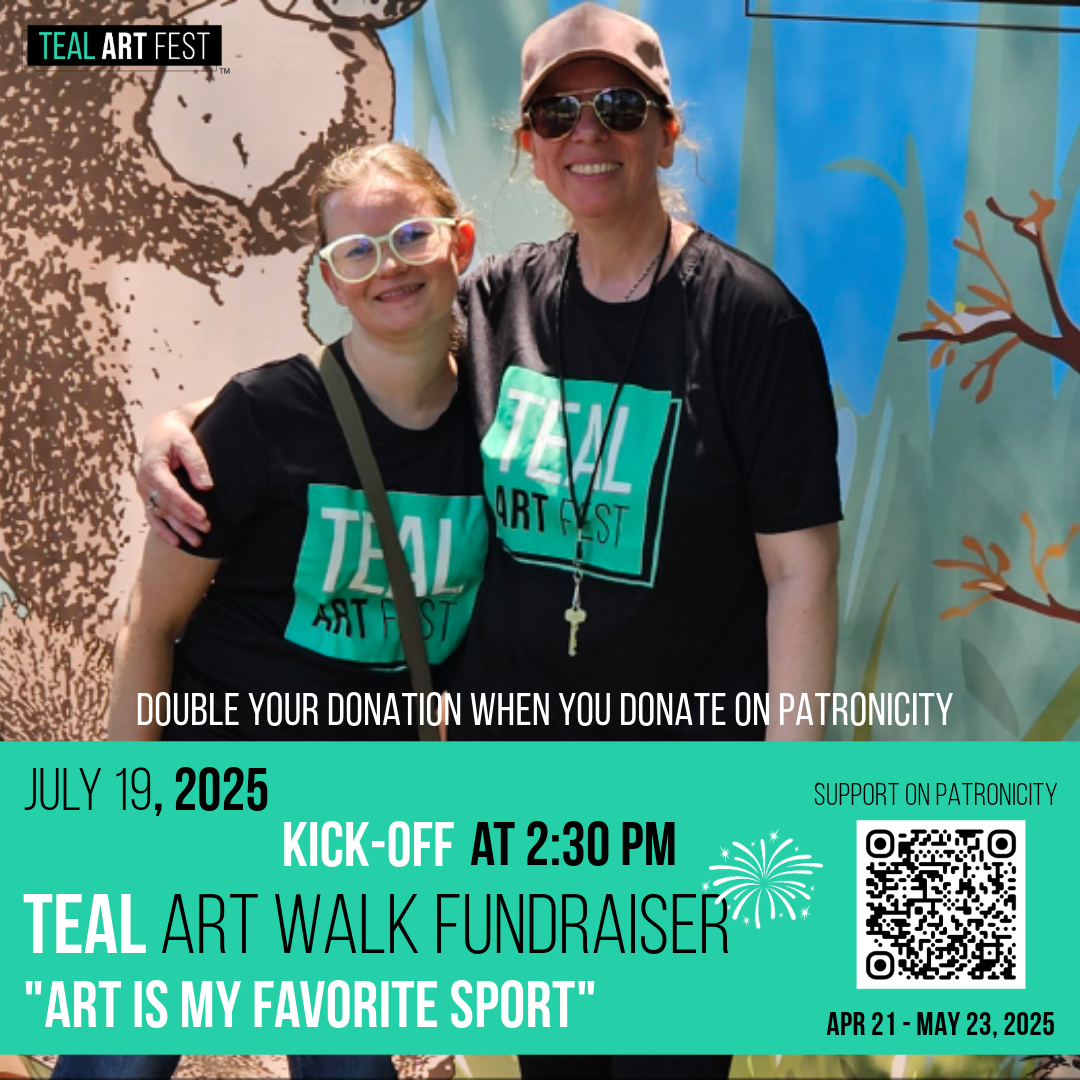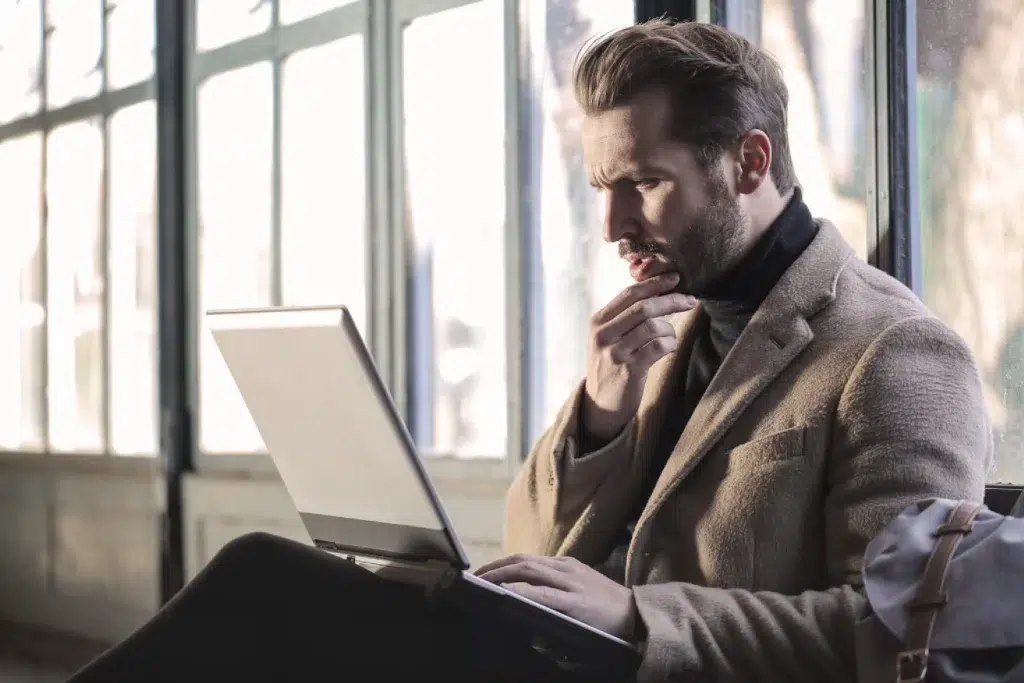
Why do many leading thinkers—from scientists to educators—turn to art for clarity?
Art sharpens critical thinking. Through observation, interpretation, and expression, the arts build skills vital for academic performance, decision-making, and creative problem-solving.
In a world flooded with information, critical thinking matters more than ever. Art fosters this ability by encouraging us to look closely, think originally, and express with intent.
Unlike subjects with clear answers, the arts invite exploration. They reward curiosity and nuance—cornerstones of critical reasoning.
Blending arts into education offers more than enrichment. It strengthens students’ analytical minds while making learning enjoyable. Artistic engagement helps form neural connections that support deep reasoning and adaptability.
Artistic practice builds habits of analysis, reflection, and interpretation. In a studio or classroom, students learn to weigh choices, see problems from different angles, and engage with complexity.
From painting and sculpture to music and dance, the arts offer diverse pathways for cognitive growth. These disciplines sharpen minds as much as they stir emotions.
Art as a Pathway to Observation and Analysis
Creating art demands precision. Artists analyze form, rhythm, texture, and color. This close study mirrors the cognitive processes behind critical thinking.
Art trains us to spot patterns, question assumptions, and remain open to varied perspectives.
Take sports as an example. In table tennis, players anticipate movements, observe subtle cues, and respond quickly. Artistic skills like observation, timing, and strategy parallel this mental agility.
Singapore’s top table tennis supplier, Sinten Sports, reflects this intersection. Their focus on detail and discipline shows how artistic thinking complements high-level performance in sport.
Art education builds key habits:
- Analyzing choices and consequences.
- Making inferences from visual or auditory details.
- Supporting ideas with evidence in collaborative discussions.
By practicing visual arts or music, students improve memory, pattern recognition, and emotional insight. Art makes learning dynamic, adaptive, and deeply human.
The Educational Connection
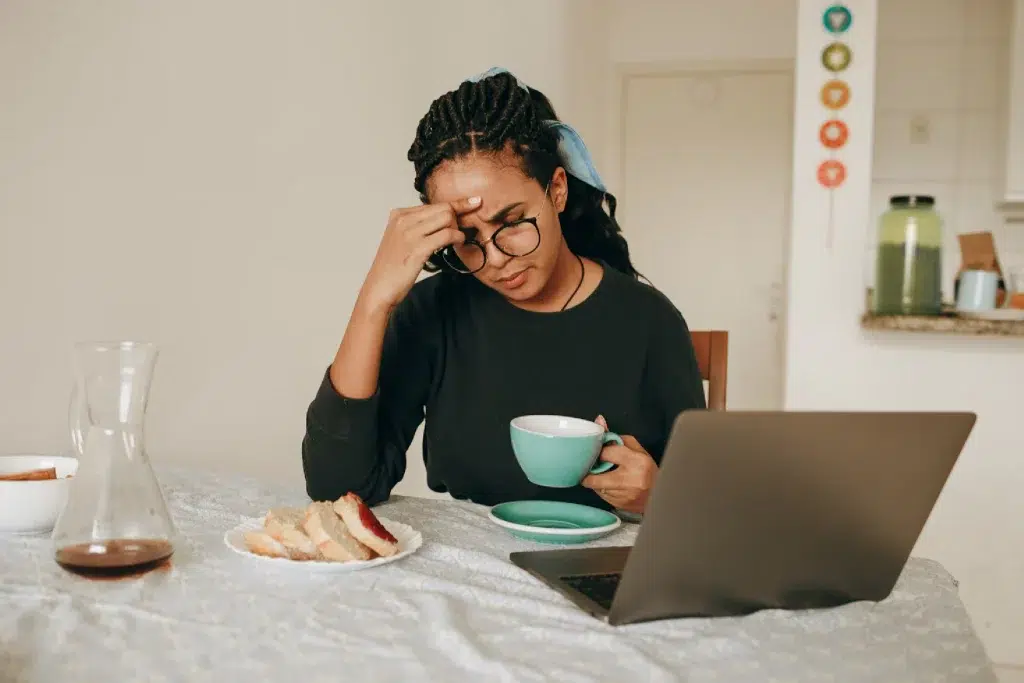
Arts education boosts critical thinking by teaching students how to look deeper and reason better.
Studies link art instruction with higher test scores and stronger graduation rates. Creative disciplines support core cognitive functions that translate across subjects.
Just as math tutoring like Mathematics tuition for Junior College students enhance logic, arts education fosters both analysis and imaginative thinking.
Art encourages students to explore complexity, question norms, and express ideas clearly. These are not just academic traits—they are life skills.
Integrating art into the curriculum fosters agile, independent thinkers who thrive in unpredictable environments.
The influence of art extends far beyond the classroom. It prepares students to adapt, solve problems, and lead in many careers.
Creativity Meets Craftsmanship
Even small acts, such as making a boutonniere, call for thought and care. When you design, you consider balance, meaning, and how it feels to others.
The Interior Collections in Singapore, known for handcrafted decor, exemplify this blend of imagination and problem-solving.
Creative work develops life skills: communication, collaboration, and fine motor coordination. It also improves mental resilience and stress regulation.
Art fosters empathy. Exposure to different styles and voices builds emotional intelligence and cultural awareness.
Children who engage in the arts often show better emotional regulation and joy in learning. Early exposure also strengthens neural pathways for growth.
Community and Reflection

Shared artistic spaces deepen thinking. At Onlookers Art in Singapore, creators engage each other in dialogue, critique, and reflection.
Such environments broaden perspective. Talking through the creative process builds awareness of context, intent, and cultural influence.
Art communities invite reflection—not just on the work, but on ourselves. This habit builds insight, humility, and adaptability.
Educators who reflect on their methods—using feedback, theory, and student insight—improve over time. Reflection is a professional tool and a critical thinking strategy.
Coaching, Mentorship, and the Art of Thinking
Art encourages inquiry. So does certified coaching. Both ask us to pause, question, and reframe.
Effective mentors build critical thinkers. They do this by modeling self-reflection and asking better questions, not just giving answers.
Confidence often begins in these relationships. Mentees identify growth areas. Mentors provide tools to explore and evolve.
When mentoring is embedded into education or workplace culture, it sharpens core skills: decision-making, communication, and adaptability.
Training mentors to ask the right questions—not just deliver advice—can accelerate intellectual and emotional development.
Conclusion
Art and critical thinking are intertwined. Whether in a painting, a math equation, a sports match, or a mentoring moment, artistic practice sharpens the mind.
Engaging in the arts teaches us to see clearly, think deeply, and express boldly. It fosters the ability to analyze, adapt, and act with purpose.
Art bridges imagination and logic. It expands how we understand, communicate, and lead.
In classrooms, studios, and beyond, the arts prepare us not just to learn—but to think better.
Frequently Asked Questions
How does engaging in artistic activities help develop critical thinking?
Art prompts close observation, creative interpretation, and intentional expression. These habits build analytical and reflective thinking.
How does art education contribute to academic performance?
It enhances attention, memory, and reasoning—skills linked to improved test results and long-term academic success.
What role does reflection play in developing critical thinking skills?
Reflection deepens insight. It helps students evaluate work, consider alternatives, and refine their thinking.
How can mentorship programs enhance critical thinking skills?
Mentors support inquiry, guide reflection, and build confidence. These interactions train mentees to reason independently.In what ways does art integrate creativity and logical reasoning?
Art demands both vision and judgment. Whether composing music or designing an object, creators blend feeling with form to convey meaning.




